What Is the Currency of Scotland? A Simple Guide
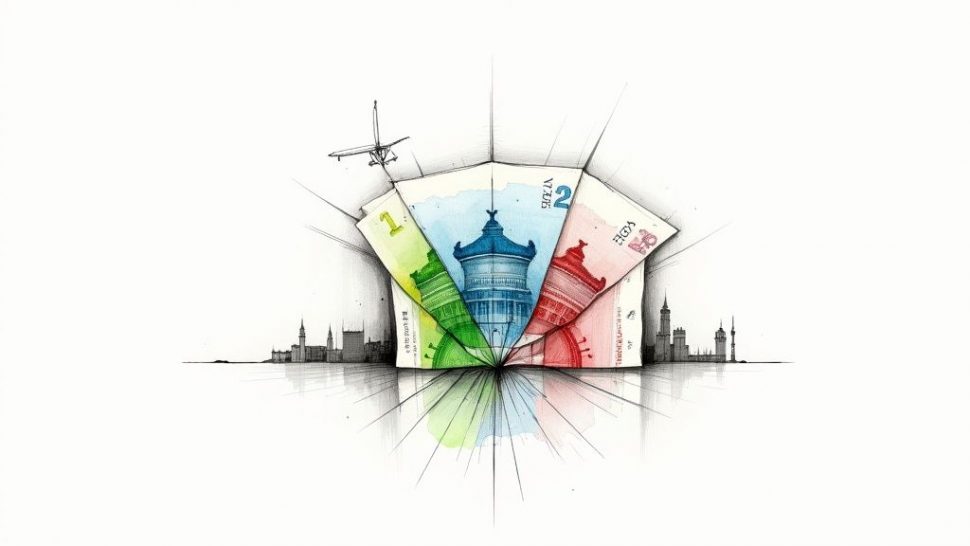
Posted by: Ian • 27 Aug 2025
If you're wondering what currency Scotland uses, the short and simple answer is the Pound Sterling (£). It’s the very same currency used across the rest of the United Kingdom. But, as with many things in Scotland, there’s a unique twist. While the money shares the same name and value as what you'd find in England, three of Scotland’s major banks issue their own distinct banknotes.
Understanding Scotland's Unique Currency System
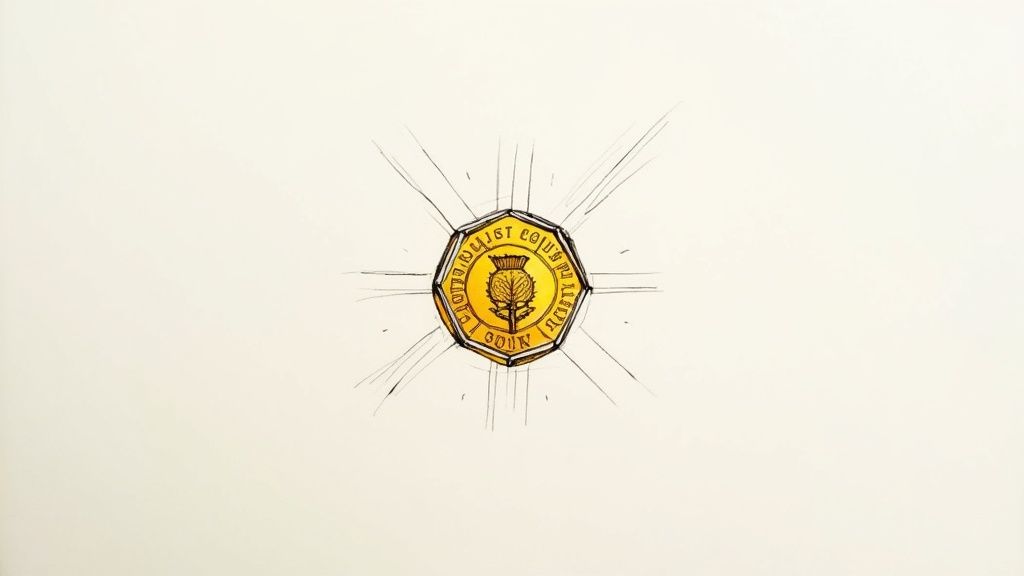
When you're visiting Scotland, you'll almost certainly handle banknotes that look quite different from the Bank of England notes you might be used to. Don't worry – these are perfectly valid and hold the exact same value.
Think of it like this: while the currency is the same, Scotland simply offers different "designs" of that currency. Here’s what you need to know:
- It’s all Pound Sterling: The official currency of Scotland is the British Pound Sterling (£), just like in England, Wales, and Northern Ireland. There's no such thing as a separate "Scottish Pound" with a different value.
- Three Banks, Many Designs: Scotland has three banks authorised to print their own sterling banknotes: the Bank of Scotland, the Royal Bank of Scotland, and Clydesdale Bank. This is why you'll see such a variety of notes in circulation.
- A Pound is a Pound: A Scottish £10 note is worth exactly the same as a Bank of England £10 note. They are fully backed by sterling reserves held at the Bank of England, so they're completely interchangeable in value.
These notes, available in denominations like £5, £10, £20, and £50, celebrate Scotland's heritage with images of famous Scottish figures and landmarks. Getting your head around this system is the first step to confidently using money during your visit.
To make things even clearer, let's break down the key differences between the notes you'll find in Scotland and the standard Bank of England notes.
Scottish vs Bank of England Notes at a Glance
The table below gives you a quick side-by-side comparison.
| Feature | Scottish Banknotes | Bank of England Notes |
|---|---|---|
| Issuing Body | Bank of Scotland, Royal Bank of Scotland, Clydesdale Bank | Bank of England |
| Designs | Multiple designs from 3 different banks | A single, consistent design for each denomination |
| Imagery | Scottish historical figures, landmarks, and wildlife | The reigning monarch and notable British figures |
| Legal Tender | Not technically "legal tender," even in Scotland | "Legal tender" in England and Wales |
| Acceptance | Universally accepted in Scotland, less common elsewhere | Accepted everywhere across the entire United Kingdom |
Ultimately, while the designs and issuing banks differ, the value remains the same. The main practical difference you might encounter is trying to spend Scottish notes outside of Scotland, but we'll get into that a bit later. For now, you can learn more about the specifics of these banknotes and their backing.
The Story Behind Scotland's Unique Banknotes
To get your head around why Scotland has its own banknotes, you need to wind the clock back a bit. This isn't some modern gimmick; it's a tradition that’s been baked into Scotland's history for centuries. It's a fascinating story of how two nations joined forces while holding on to a key piece of their individual pasts.
Long before the United Kingdom was even a concept, Scotland had its own currency called the Pound Scots. For ages, this was the money people used for everything north of the border. But, as often happens, the political winds started to change.
The first big shift came in 1603 when King James VI of Scotland also took the English throne as James I. From that point, the Pound Scots was pegged to the English Pound Sterling at a rate of 12 to 1. This was the first step towards a full monetary union that would follow over a century later.
A New Currency for a New Union
The real game-changer was the Acts of Union in 1707, which brought Scotland and England together politically to create Great Britain. After that, the Pound Scots was officially replaced by the British Pound Sterling at that same 12-to-1 rate. This decision brought Scotland fully into the UK’s monetary system, a move you can read more about in the UK government's analysis of Scotland's economic history.
But here's the crucial bit: even with this merger, certain Scottish banks kept their historic right to issue their own banknotes—a privilege that went all the way back to the late 17th century.
The infographic below walks you through some of the key moments in the life of Scottish banknotes.
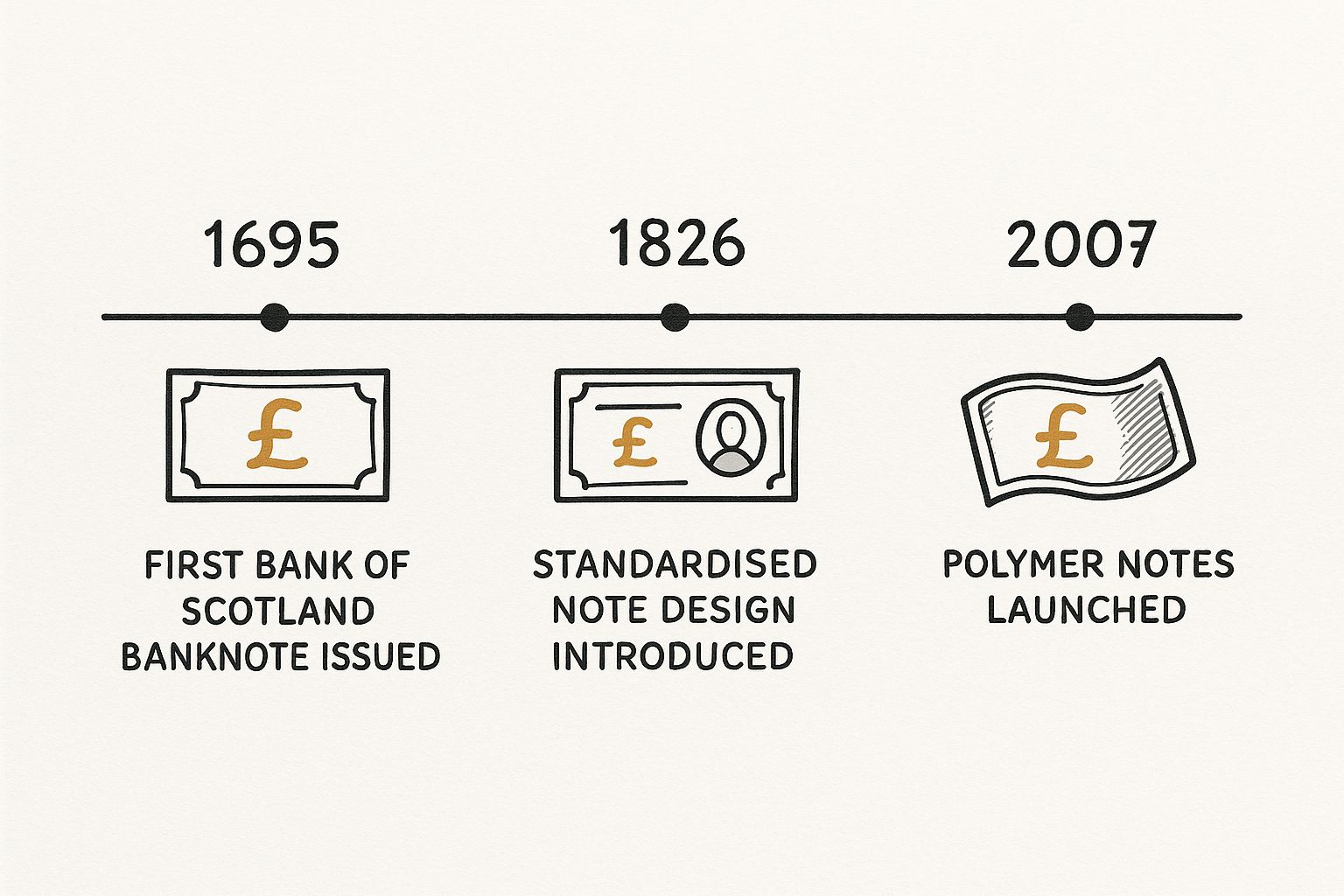
As you can see, this is a story of continuous banking innovation, from the very first notes issued back in 1695 to the modern polymer designs we see today.
It's this rich history that explains why, even though Scotland's official currency is the Pound Sterling, you'll find these unique and culturally important banknotes in your wallet.
Navigating Scottish Banknotes in Modern Times
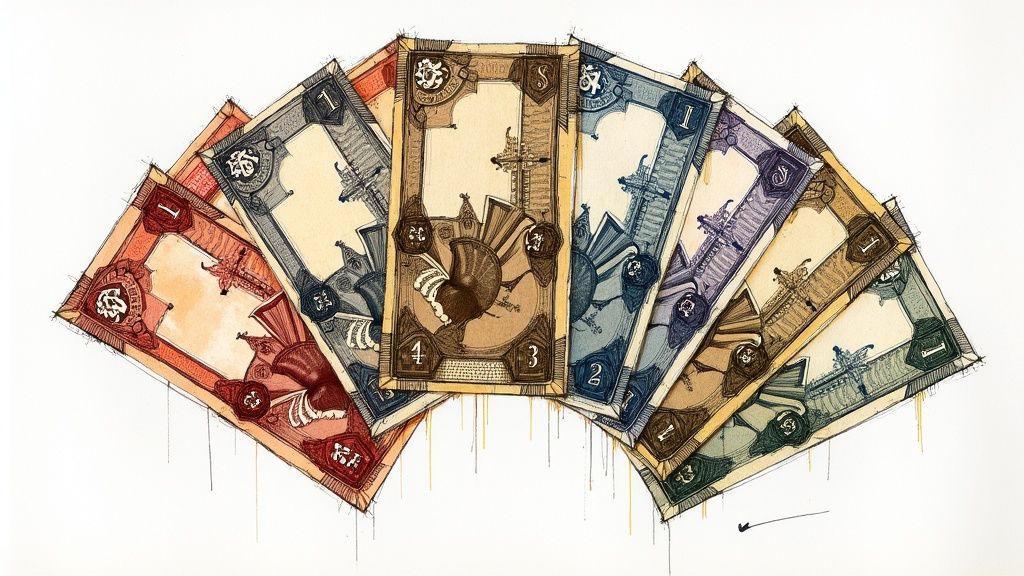
If you're handling cash in Scotland today, you’ll find your wallet filled with a colourful mix of banknotes from three different historic banks: the Bank of Scotland, the Royal Bank of Scotland, and Clydesdale Bank. Each one prints its own unique designs for the £5, £10, £20, and £50 notes, often celebrating famous Scottish figures, landmarks, and achievements.
You might see the poet Robert Burns on one note and the pioneering scientist Mary Somerville on another, or even the iconic Glenfinnan Viaduct. While the variety can be a bit of a surprise at first, they are all Pound Sterling. A £20 note from Clydesdale Bank is worth exactly the same as a £20 note from the Bank of England.
Understanding Legal Currency vs Legal Tender
One of the most common points of confusion is the difference between "legal currency" and "legal tender." It’s a subtle distinction, but it’s key to understanding how Scottish money works across the UK.
Think of it like this: legal currency is any money officially recognised by the government, which includes all Scottish and Bank of England notes. Legal tender, on the other hand, is a much narrower legal term for money that must be accepted to settle a debt in court.
This little technicality is why you’ll sometimes hear that Scottish notes aren't "legal tender" anywhere, not even in Scotland itself. But for day-to-day shopping, what really matters is simply whether a shop accepts the cash, not its legal tender status.
Practical Acceptance in Scotland and Beyond
Within Scotland, this is a purely academic point. Scottish banknotes are the lifeblood of the cash economy and are accepted everywhere without a second thought, from the bustling streets of Glasgow to the quietest Highland villages.
Things can get a little different once you cross the border into England, Wales, or Northern Ireland. You might find some retailers who aren’t familiar with the notes. While they are still perfectly valid currency, a shopkeeper isn't legally required to accept them.
If this happens, don’t worry. You can simply exchange foreign coins and notes, including Scottish ones, at any UK bank for their Bank of England equivalents, completely free of charge.
Understanding what is the currency of Scotland means appreciating this unique system. The notes in your pocket aren't just money; they're a valid and valuable part of the UK’s monetary fabric, each one carrying a little piece of Scottish heritage.
Practical Tips for Spending Money in Scotland
Getting around and paying for things in Scotland is refreshingly simple. Whether you're navigating the cobbled streets of Edinburgh or exploring a remote village in the Highlands, you'll find that modern payment options are the norm.
Most shops, pubs, restaurants, and attractions will happily take your credit and debit cards—Visa and Mastercard are your safest bets. Contactless is also king for smaller purchases, making a quick coffee or souvenir grab a breeze. That said, it’s always a good idea to keep a bit of cash on you. You'll thank yourself when you stumble upon a tiny independent shop, a local market stall, or find yourself in a far-flung corner where the internet connection can be a bit spotty.
Using Cash and Cards
Need to top up your cash? Look for an ATM, or as the locals call them, a 'cashpoint'. You’ll find them everywhere, from outside banks to inside supermarkets, and they dispense crisp Scottish banknotes ready for your adventures.
A common worry for travellers is hitting a snag when trying to spend a Scottish note back in England. If a shopkeeper seems unsure, just politely remind them it’s all Pound Sterling. If they still won't take it, don't sweat it—any UK bank will swap it for a Bank of England note, free of charge.
Handling Leftover Currency
So, your incredible trip has come to an end, and you're left with a jumble of Scottish notes and coins. Instead of letting them become a permanent fixture in your "random stuff" drawer, you can easily convert foreign coins and banknotes back into usable cash. Our service is fast, easy, hassle-free, and 100% guaranteed for this exact situation.
We are trusted by major brands across the UK, including charities, supermarkets, airports, and even police forces, to handle their currency exchange needs. A key benefit is that there's no need to sort coins. If you want to see how straightforward it is, have a look at our simple guide on how to exchange foreign currency. It's the most practical way to sort out your leftover holiday money without any fuss.
What to Do with Leftover Scottish and Foreign Currency
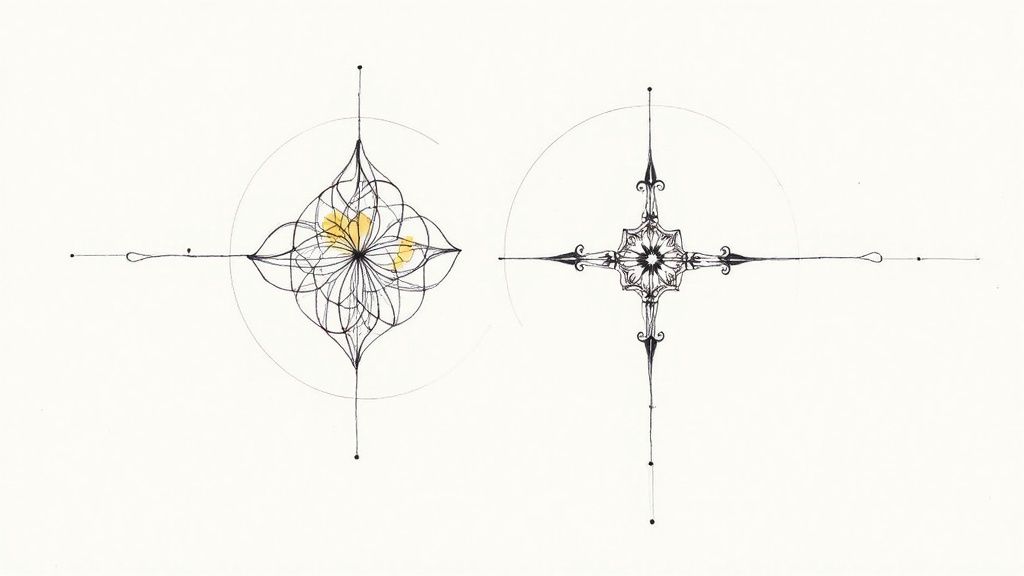
It’s a familiar story for any traveller: you get home from a trip, unpack your bags, and find a pocketful of unfamiliar coins and notes. Whether you've got a few Scottish banknotes or a collection of other foreign currency, there’s an incredibly simple solution. Don’t let that money gather dust in a drawer when you can easily turn it back into cash.
Our service is designed to be completely fast, easy, and hassle-free. We offer a 100% guaranteed way to exchange your currency, taking all the stress and guesswork out of the equation. Best of all, you don't even need to sort through it. Just send us your mixed coins and notes, and our team will handle the rest.
A Trusted and Simple Exchange Process
Trust is everything when you're dealing with money. That’s why we’ve become the trusted currency exchange partner for major UK brands, including well-known charities, supermarkets, airports, and even police forces. Their confidence in us is your assurance that your currency is in safe and professional hands.
We offer practical solutions for whatever you've got tucked away:
- Exchange foreign coins: Turn that heavy jar of mixed coinage into useful cash.
- Handle leftover foreign currency: Easily convert banknotes from your recent travels.
- Manage old or obsolete money: We even accept currency that's no longer in circulation.
- Donate foreign coins to charity: You can also choose to donate the value to a good cause.
This is the simplest way to convert foreign coins and banknotes, ensuring you get value from every last pound, dollar, or euro. Our process is built to remove all the usual barriers, making currency exchange easy for everyone.
If you have leftover holiday money from Scotland or anywhere else in the world, we can help you get its value back. Instead of letting it go to waste, take the next simple step. To learn more about managing your travel funds, have a look at our detailed guide on what to do with leftover holiday money.
Ready to get started? Visit our homepage to begin your fast and secure currency exchange today.
Common Questions About Scottish Currency
To wrap things up, let's go over some of the most common questions people have about money in Scotland. Getting these sorted will help you handle your cash with confidence, both during your trip and when you get back home.
Can I Use Scottish Banknotes in England?
Yes, you can. Scottish banknotes are legal currency across the entire United Kingdom and have the same value as Bank of England notes. While the vast majority of retailers in England, Wales, and Northern Ireland will accept them without a problem, they aren't technically "legal tender." This just means a shop isn't legally required to take them.
If you ever run into a rare moment of hesitation, the easiest fix is to pop into any UK bank. They'll happily swap your Scottish notes for Bank of England ones, free of charge.
Are Scottish Pounds and English Pounds Different?
Nope, they're exactly the same currency. "Scottish Pound" is really just a casual way of describing Pound Sterling (£) banknotes that are issued by Scottish banks. A £20 note from the Royal Bank of Scotland is worth the exact same as a £20 note from the Bank of England.
Think of them as different regional designs for the same product. The value is identical; it's just the artwork celebrating Scottish heritage that’s different. This is a key thing to remember when asking what is the currency of Scotland.
How Do I Exchange Leftover Scottish Notes?
If you come home with leftover Scottish notes—or any other foreign currency, for that matter—our service is the perfect solution. We provide a fast, easy, and hassle-free way to exchange foreign coins and notes.
Our process is 100% guaranteed, and you don't even need to sort your currency. Just send it all to us. We're a trusted partner for major UK brands, including charities, supermarkets, airports, and even police forces. To find out more, you can learn what to do with old foreign currency in our detailed guide.
Is the Euro Used in Scotland?
No, Scotland doesn't use the Euro. As part of the United Kingdom, its one and only official currency is the Pound Sterling (£). While some large, tourist-focused shops in big cities might accept Euros as a courtesy, you'll almost certainly get a poor exchange rate. For the best value, always stick to paying in pounds.
At We Buy All Currency, we turn your leftover travel money into cash. Our fast, easy, and hassle-free process is trusted by major brands including charities, supermarkets, airports, and police forces. Our service is 100% guaranteed, and there's no need to sort coins. We provide a simple, secure, and credible way to exchange foreign coins, leftover holiday money, and even old or obsolete currency.
Ready to clear out that currency drawer and turn your unwanted coins and notes into cash? Visit our homepage to get started!
